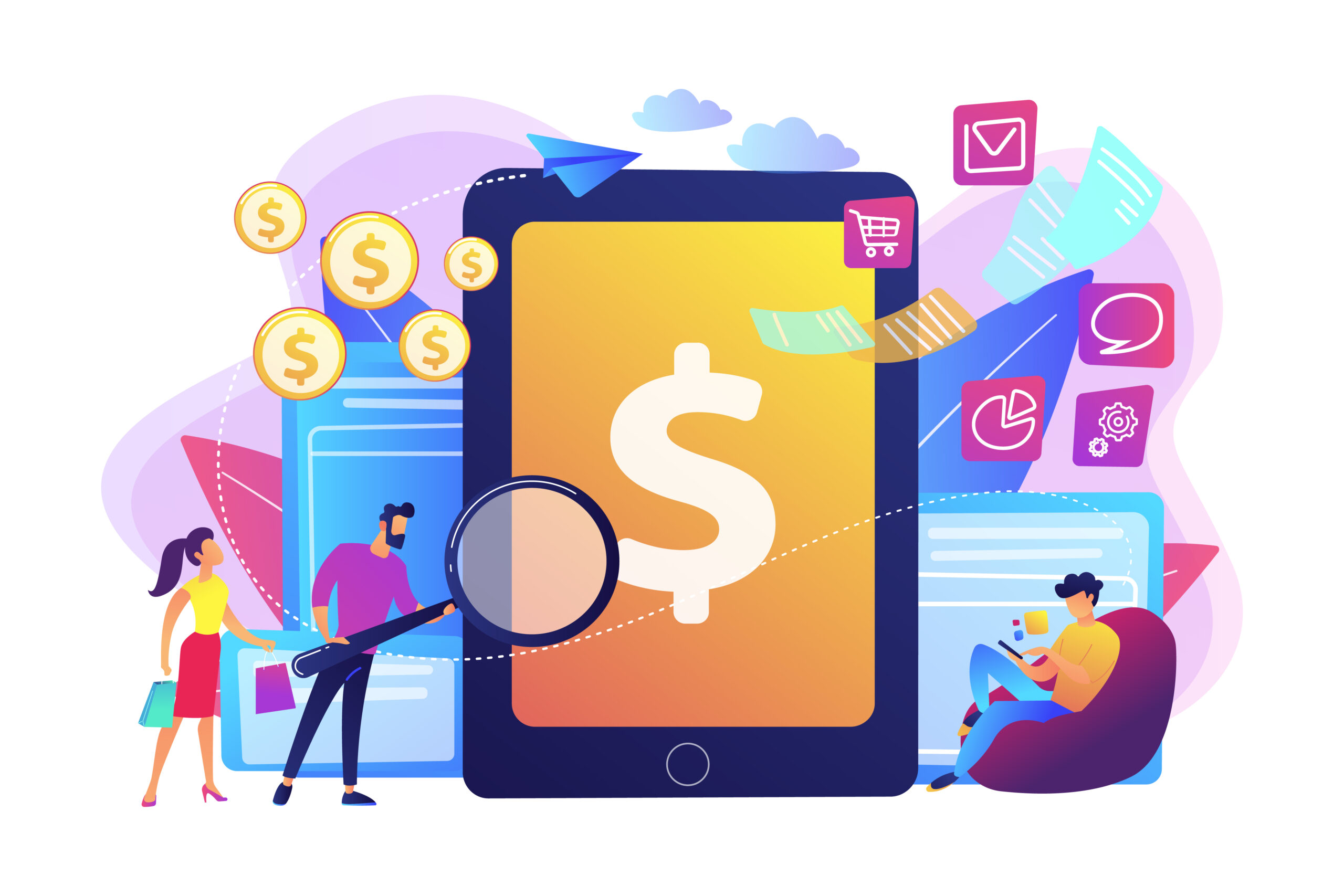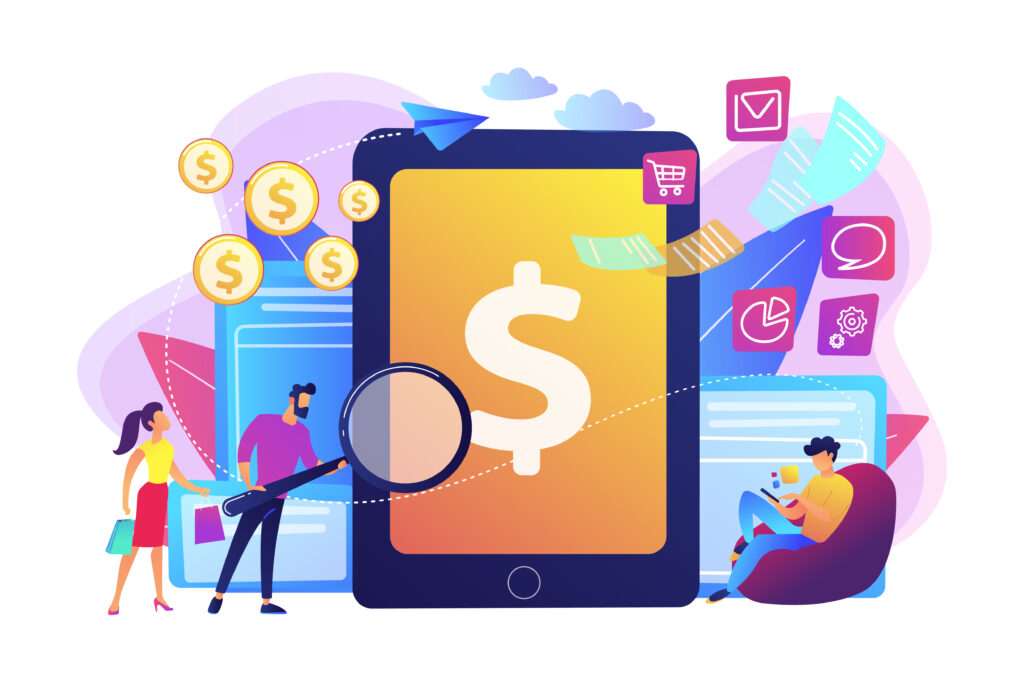
The world of payments is rapidly changing, with the key participants being mobile payment apps and e-commerce in general. But, what are some of these changes? And, what about the upcoming payment trends?
In order to have a proper discussion, we first need to fully grasp how mobile payments have transformed the payment industry as a whole. After all, the rise of mobile payment services and the increased usage of mobile devices in general made way for this change to occur.
So, let’s get to the gist of it – in recent years, mobile payments have truly grown in popularity, with more people utilizing their cell phones to make transactions than ever before. It’s because many consumers value the ease of mobile payments. And, the extra security measures are certainly a plus too. Services such as Apple Pay and Google Pay have seen considerable growth in recent years, and this trend is bound to continue as more businesses begin to accept mobile payments. With all of this in mind, let’s discuss some trends we’ll see in the upcoming years.

Future Trends of Mobile Payment
___________
With the retail industry constantly evolving, it’s hard to keep up with all the new trends. However, it’s not an impossible feat, so let’s examine some of them.
1. More Digital Payment Options
Now, the history of retail is cash-based, however, the future holds various payment methods. Many users nowadays prefer digital payment methods, due to the conveniences available, such as contactless pay. And, while the shift to digital payments was on a steady path for years, the real change occurred along with the pandemic.
Additionally, it’s not just customers that find digital payment methods appealing, retailers see the benefits as well. After all, online payments are rather time-saving. Small businesses especially appreciate the time-saving aspect due to the long processing time of more traditional payment methods.
Keeping all of this in mind, it’s no wonder that many businesses nowadays take more than just credit and debit cards, as digital payment methods go. Instead, many also allow you to pay via your mobile phone, scan a QR code, and so on. With that being said, in the upcoming years we’re bound to see an increase in digital payment options in the retail industry.
2. Digital Wallets
Nowadays, it would be nonsensical to examine digital payments without bringing up digital wallets. After all, in recent times, they’ve become a staple payment method of the online retail industry. And, they’re only getting more and more popular.
Due to their convenience and additional security measures, e-wallets such as PayPal and Venmo, for example, have grown in use exponentially. This is especially true when it comes to younger users, who tend to use these on a daily basis for peer-to-peer transactions and online payments.
3. Text Message Purchases
Purchasing products directly through text messages is also a rising trend, especially in countries like China. WeChat Pay and Alipay are technologies that allow SMS-based shopping and are widely used there. In the future, we will also see this trend spreading to other countries, due to the convenience and simplicity of such methods.
4. The Decline of Cash
There has been a steady but sure decline in cash payments. And, this can be attributed to the simplicity and efficiency of digital alternatives such as credit cards, mobile wallets, and Internet banking.
It’s the fact that these options provide you with seamless transactions, and are by default driving the decline of cash payments. Furthermore, factors such as increased security and a growing desire for contactless transactions have also attributed to this shift.
5. Automation and Artificial Intelligence
All types of industries have been impacted by AI, and it’s no different when it comes to the payment landscape. With fraud detection and biometric authentication systems, AI has drastically revolutionized the retail industry, enabling faster and more secure transaction processing.
This is due to the fact that machine learning algorithms examine massive volumes of transaction data for trends and abnormalities, which in turn lowers the likelihood of fraudulent activity. AI-powered chatbots and virtual assistants are also there to provide you with customer service, additionally transforming the whole experience.
6. Cryptocurrencies
Cryptocurrencies are experiencing increased popularity in the retail industry, and that’s really no surprise. After all, digital currencies allow for rapid, borderless transactions and have lower rates than other payment methods.
In addition to that, retailers also see them as beneficial due to the ability to reach a global client base while also providing a more convenient and innovative payment alternative.
While there are still steps to be made, cryptocurrencies, as technology evolves, have the potential to revolutionize the retail industry in its entirety.
7. QR Codes
We already mentioned QR codes in passing, so let’s expand on that. Nowadays, QR codes are commonly used as a payment option, due to their simplicity and convenience. And, they’re only getting more popular.
They enable consumers to scan the code with a smartphone or a tablet, allowing for seamless transactions without the need for actual cash or credit cards. In addition to simplicity, good security features and diversification of digital payments have also helped push QR codes as a trend in the retail sector.
8. Voice Command Payments
AI audio solutions are on the rise, and with that, so are voice command payments.
These payments allow consumers to make purchases or transactions by using their voice to authenticate and authorize themselves.
This technology uses speech recognition and secure authentication mechanisms in order to help you execute payments, in turn increasing convenience and accessibility in digital transactions.
To put it all simply, users are able to affirm their payment purpose verbally, which enables adds an important accessibility factor to financial interactions. Taking that into consideration, voice-activated solutions are certainly going to become a popular trend in the near future.